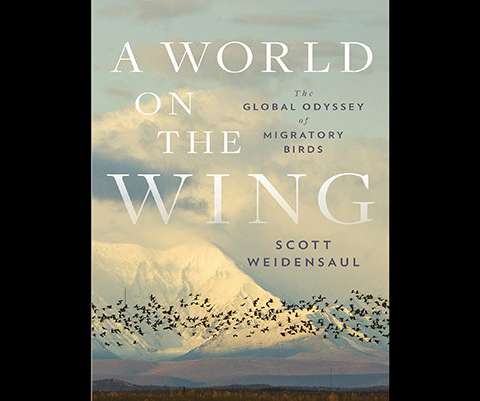The “Rufa” Red Knot is now protected under the Endangered Species Act
10,000 Birds
DECEMBER 18, 2014
Fish and Wildlife Service has listed the “Rufa” population of Red Knot ( Calidris canutus rufa ) as a threatened species under the Endangered Species Act (ESA). The other sub-species, Calidris canutus roselaari , migrates along the Pacific Coast and breeds in Alaska and the Wrangel Island in Russia. Red Knot in non-breeding plumage.












Let's personalize your content